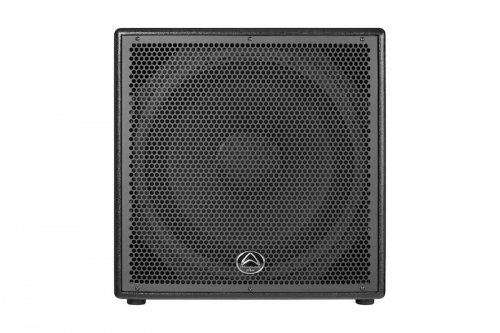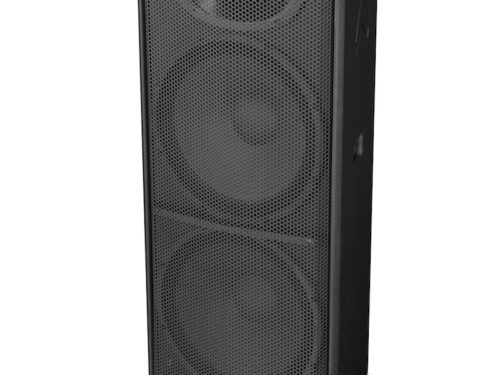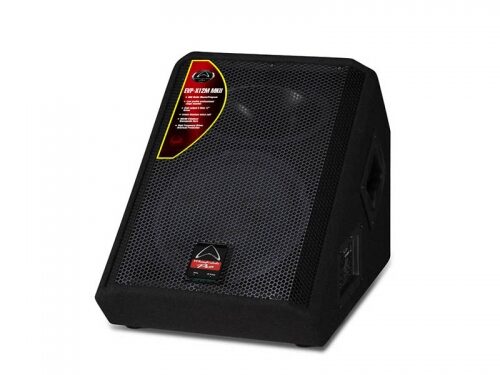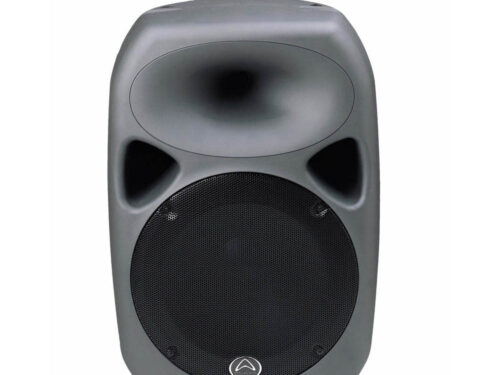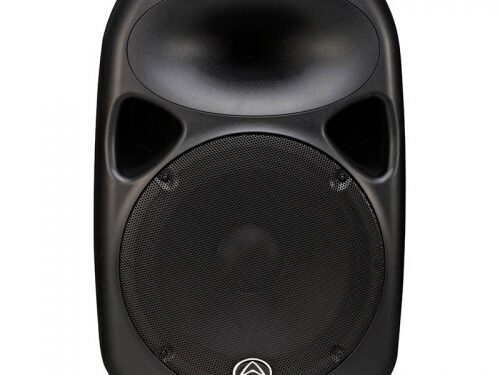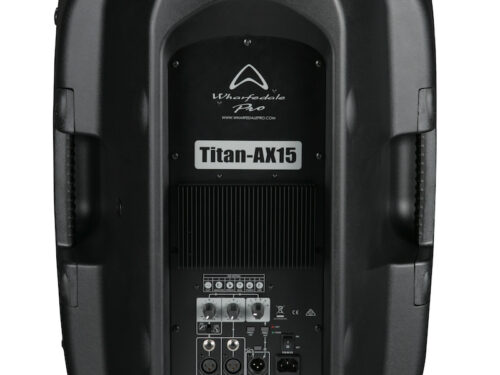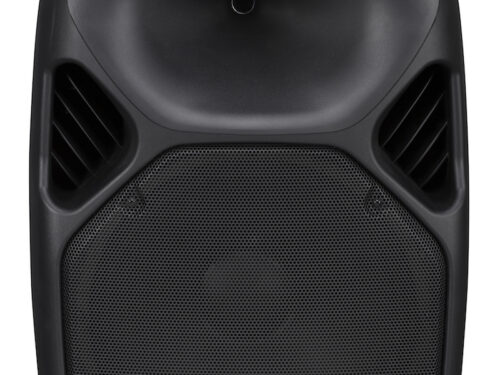Key Features
|
|
New crossover design
Internally Delta X models have a new crossover design and construction. Using new component positioning and bracing, the sensitive crossover electronics have been re-engineered to improve long term performance and reliability – even at the highest of volumes.

15mm Russian Plywood Construction
Delta X18B is made of premium 15mm Russian birch plywood. It is even more dense than MDF and creates an extremely strong and durable cabinet. Although not recommended, birch plywood is more tolerant in damp conditions. During construction, it is harder to cut but holds screws better than particle board or MDF. This makes it ideal for flagship professional audio loudspeakers which are to be used in extreme and critical environments.

Solid as a rock
As with all Wharfedale Pro PA systems, years of expertise is behind a loudspeaker built to last, with thanks to our high standards of quality control. The Delta X series are coated in the highest quality Rhino Rock paint finish – a chip resistant texture with a professional, discrete aesthetic whilst being prepared for the rigours of life on the road.

Bi-amp and Passive modes
In BI-AMP mode, two power amplifiers can be used. This gives you the advantage of being able to select the best power amplifier specifications for each driver inside the loudspeaker. In a BI-AMP configuration, an external crossover is used to separate the frequencies and this splits the signal to the dedicated LF amplifier and the HF amplifier. This way, each amplifier is only working on the given frequency range and, in turn, is powering the corresponding driver inside the loudspeaker. In PASSIVE mode, a single amplifier can be used to power all drivers inside the loudspeaker. The full frequency range is put into the loudspeaker and the loudspeakers’ internal crossover separates the frequencies, delivering the right frequencies to the right driver. In the example of a 2-way passive loudspeaker, this means that the single amplifier is powering both the HF compression driver and the LF transducer. The internal crossover takes care of both the frequency and power separation.


